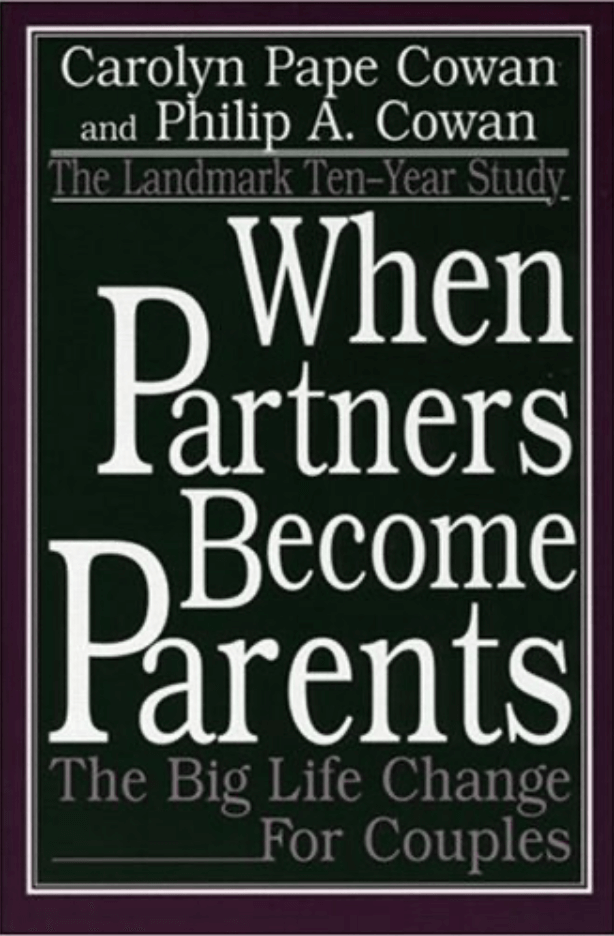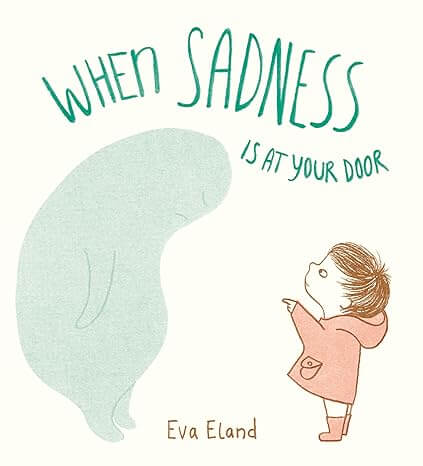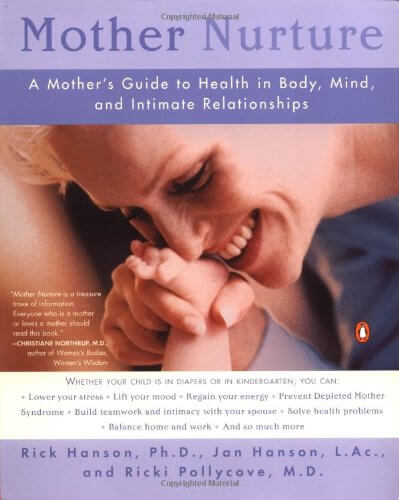How to support early childhood development
90% of a child’s brain is developed by age five.
Up to that point, every interaction they have is building the scaffolding of their brain. We need to ensure that the scaffold is strong and resilient.
Children make up one third of our global population. They all arrive on the planet as innocent and vulnerable beings. Our job is to see that they are safe, seen, soothed, and secure. When these criteria are met, children are built to thrive. To build a compassionate world, we must first accept our duty to protect and nurture children.
How to nurture those experiences
Dr. Daniel J. Siegel and Dr. Tina Payne Bryson describe the “four S’s” in the book The Power of Showing Up.
Children can self-regulate when they feel seen, safe, soothed, and secure.
Safe: The two main jobs that parents have in terms of providing safety for their kids are to shield them from harm and to not become the source of fear for their children.
Seen: Children feel seen when their parents tune in and understand their emotional life and respond to them effectively.
Soothed: A child’s distress can be soothed when the parent works to tune in and care for the child–providing a safe space to regulate intense emotions.
Secure: A child feels secure when all of the above criteria are met. When a caregiver gives a child the experience of feeling safe, seen and soothed, the child grows up to embody a well-regulated nervous system with high ability for executive functioning.

7 year old Molly Wright explains “How every child can thrive by five” in her powerful TedX talk

Factors contributing to healthy development
Prenatal
Developmental science has found that babies are learning about their world even while they are in the womb. They are hearing their mother’s voice, developing a sense of taste and smell, and responding to the effects of a mother’s stress or toxin intake. Babies physical, mental and emotional health are being shaped by these prenatal experiences. Supporting pregnant mothers with excellent nutrition, low environmental toxins, low stress, freedom from violence and stress, and safe work conditions all help to promote a baby’s chance to thrive well into adulthood.

Physical development
Developmental science has found that babies are learning about their world even while they are in the womb. They are hearing their mother’s voice, developing a sense of taste and smell, and responding to the effects of a mother’s stress or toxin intake. Babies physical, mental and emotional health are being shaped by these prenatal experiences. Supporting pregnant mothers with excellent nutrition, low environmental toxins, low stress, freedom from violence and stress, and safe work conditions all help to promote a baby’s chance to thrive well into adulthood.

Cognitive growth
Much like physical milestones, children also have cognitive milestones such as saying their first word, waving goodbye, or shaking their head “no.” This cognitive development continues through the child’s school years and adolescence as they learn to count, read, or write. Research has shown that even very young children have expectations for objects in their world without ever having interacted with them. Then by a process of interacting with objects and experiences, they learn more about what they can expect. For example, a baby might repeatedly drop their spoon on the ground to test gravity or their caregiver’s reaction. In this way they can gain sensory information in relation to an action.

Emotional and social development
Emotional and social development is the evolution of a child’s ability to react and interact with their inner self and their social environment. Positive emotional and social development can result in the child’s ability to form and keep positive relationships (e.g. taking turns), manage and express emotions (e.g. calming their big feelings), and explore and engage with the environment (participating in routines). Milestones in this area include when a child laughs, smiles, makes a sound to get their caregiver’s attention, or even gets afraid around strangers. Parents and caregivers play a big role in social and emotional development, but children are also learning on their own as they navigate trying something new or difficult, cultivate confidence, problem-solve or even follow the rules.

Secure attachment
Attachment theory claims that the bond young children have with their primary caregiver affects how they interact in relationships later in life. When children can trust their caregiver and feel heard and cared for, they form a secure attachment. This can manifest later in life as an adult who feels more trusting and connected to others.
The brain is wired to learn from experiences of all kinds, especially in interactions with others – particularly people who matter to the child, such as caregivers and other adults, siblings, friends, and community members. Whether it is a positive or negative, beneficial or stressful interaction, the brain is learning and changing itself out of those encounters.












